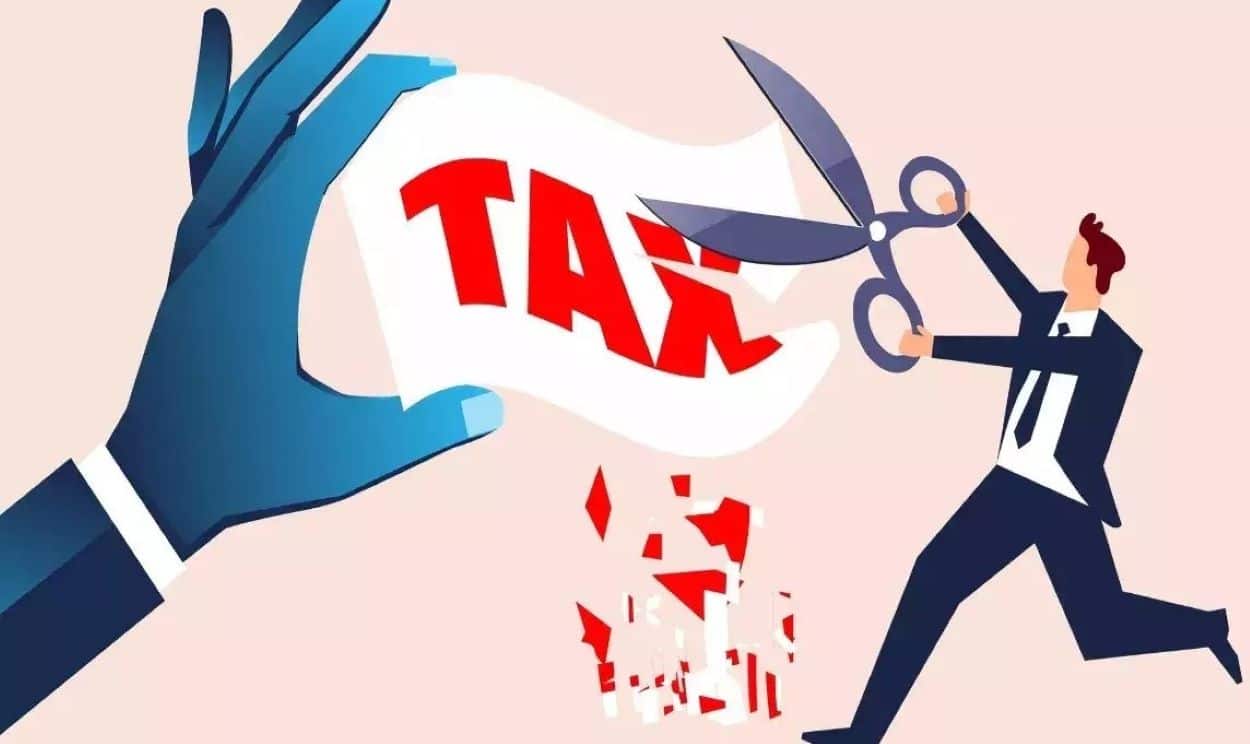Despite economic challenges, the government might eliminate a 15% additional income tax on bank profits from loans to the financially strapped finance ministry. This change could grant the banking sector, which reported Rs960 billion in profits last year, benefits worth around Rs60 billion.
Sources from senior government circles and the banking industry said that an agreement had been reached to remove the Advances-to-Deposit rate-based income tax, expected to be enacted through the Finance Act 2024.
Finance Minister Muhammad Aurangzeb, formerly a banker, is scheduled to present this Act for approval in the National Assembly on Friday.
Providing such substantial relief to a highly profitable sector is rare, especially as taxes on nearly all consumer goods have been increased, burdening the poorer and middle-income demographics. Last year, 27 banks reported a combined net profit of Rs960 billion.
While the government is set to scrap the bank tax, it appears unwilling to reduce the significant tax hike imposed on the salaried class. Elevated rates are expected to generate about Rs435 billion in income tax next year.
Military officials have also urged the finance minister to reconsider the proposed tax increase for the salaried class and the flat 15% capital gains tax on property transactions.
Initially, the Federal Board of Revenue (FBR) aimed to tighten bank tax regulations to plug a loophole that allowed banks to avoid this levy by adjusting their year-end lending practices. The FBR suggested that tax liability should be calculated based on the average annual lending rather than the year-end figures, potentially raising an additional Rs60 billion next year.
However, the government is now planning to abolish this tax entirely.
Under the new arrangement with the FBR, banks are to pay advanced income tax for the first quarter of the next fiscal year by June 30 and the super tax for 2023 and 2024. In exchange, the additional income tax will be abolished.
Despite these payments, the advanced income tax, super tax, and the 15% ADR additional income tax are distinct, and one cannot replace another.
Yielding to banks’ pressure, the government paused the additional tax for 2023, which was reinstated in January 2024. Normally, banks pay a 39% income tax, but this increases to 55% on government debt investments if a bank’s gross ADR is up to 40%. The rate decreases to 49% for ADRs between 40% and 50%, and beyond 50%, the normal 39% rate applies.
The average ADR for banks is currently about 42%, resulting in a 10% income tax rate.
The banking sector has criticized the ADR tax as unfair, claiming it does not discourage government borrowing. The government intends to borrow Rs24 trillion from banks for the next fiscal year to manage existing debts.
Following the International Monetary Fund directive that prohibits direct borrowing from the State Bank of Pakistan, the finance ministry now secures the same amounts through banks at an average interest rate of 1.5% higher than the central bank’s rate.
In a communication to the FBR, Pakistan Banks Association (PBA) Secretary General Muneer Kamal noted that up to 84% of bank assets are invested in government securities. The PBA contends that the ADR should not be used as a taxation measure and should remain under the State Bank of Pakistan’s control.
The PBA has argued that the ADR tax, as shown by the 2022 data, did not lead to a sustainable increase in lending in the banking sector. The government has set a tax collection goal of Rs12.97 trillion for the next fiscal year, requiring a formidable 40% growth within a year.






